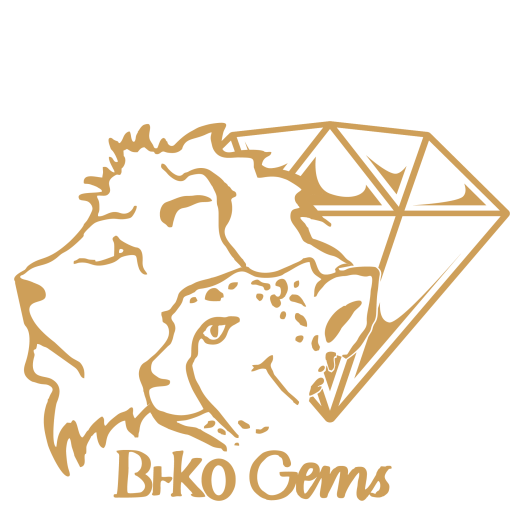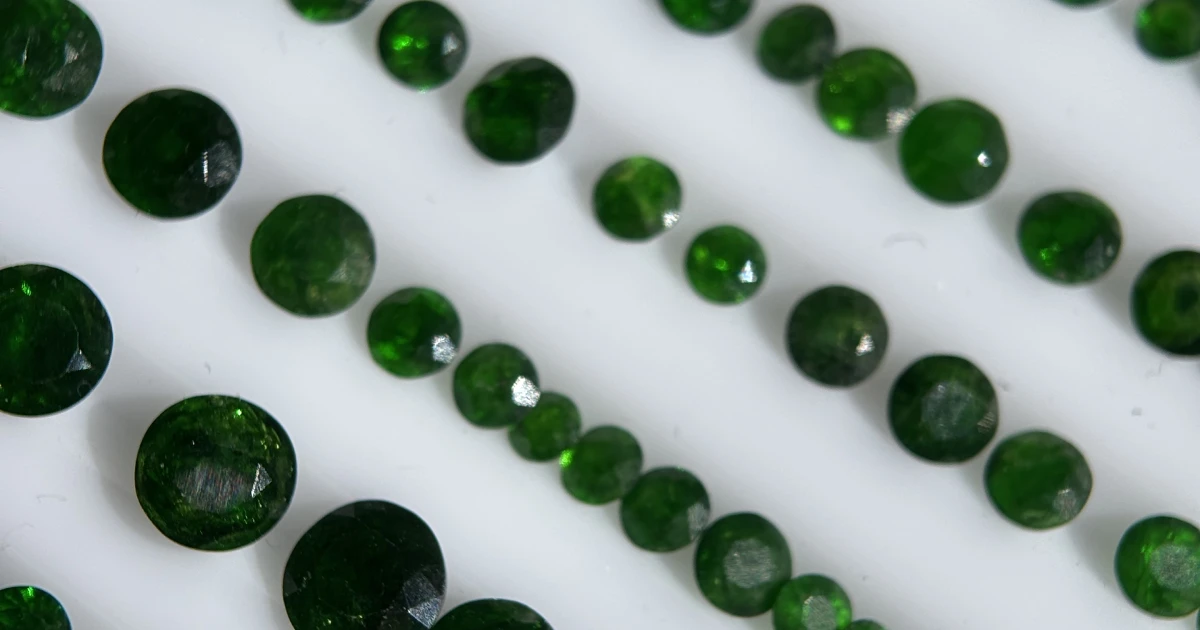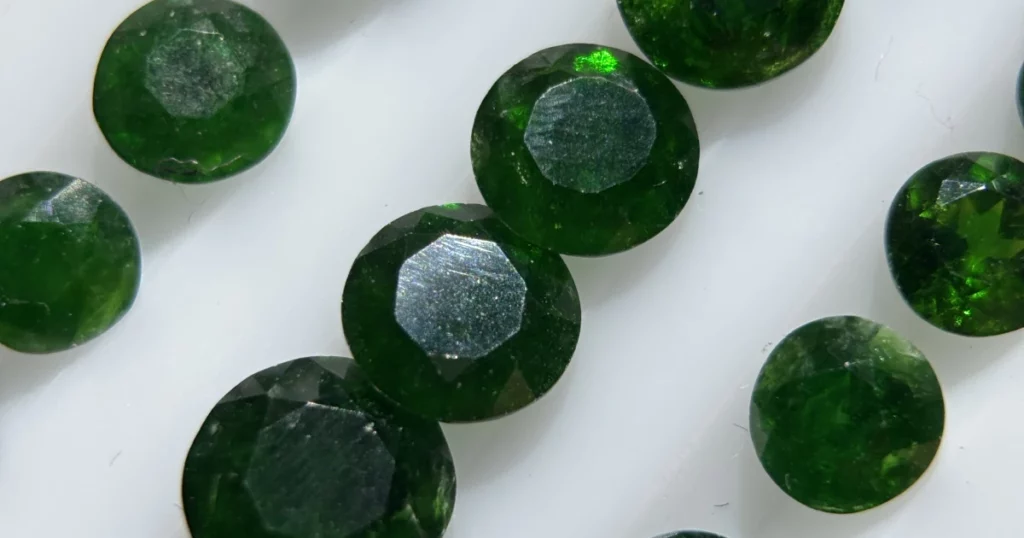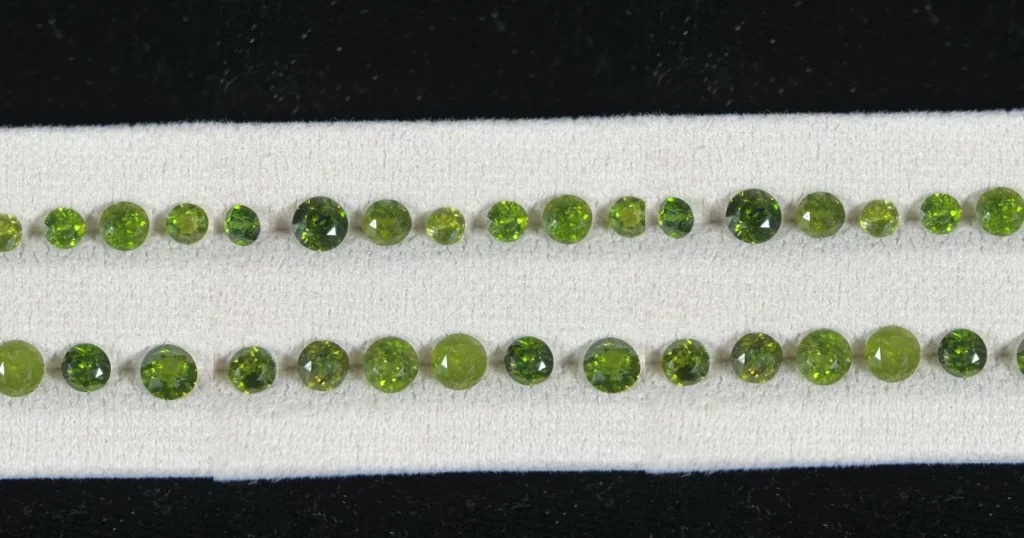Are all shades of green the same? In a world where color creates meaning and value, the difference between ordinary green and Demantoid green is the difference between the common and the legendary. This gemstone, with its radiant hue, captures not only the eye but also the heart.
In this article from brkogems, we explore the unparalleled role of color in determining the Demantoid color value —the shade of green that defines its worth.
Demantoid Garnet Value: Demantoid’s Value Begins with Color
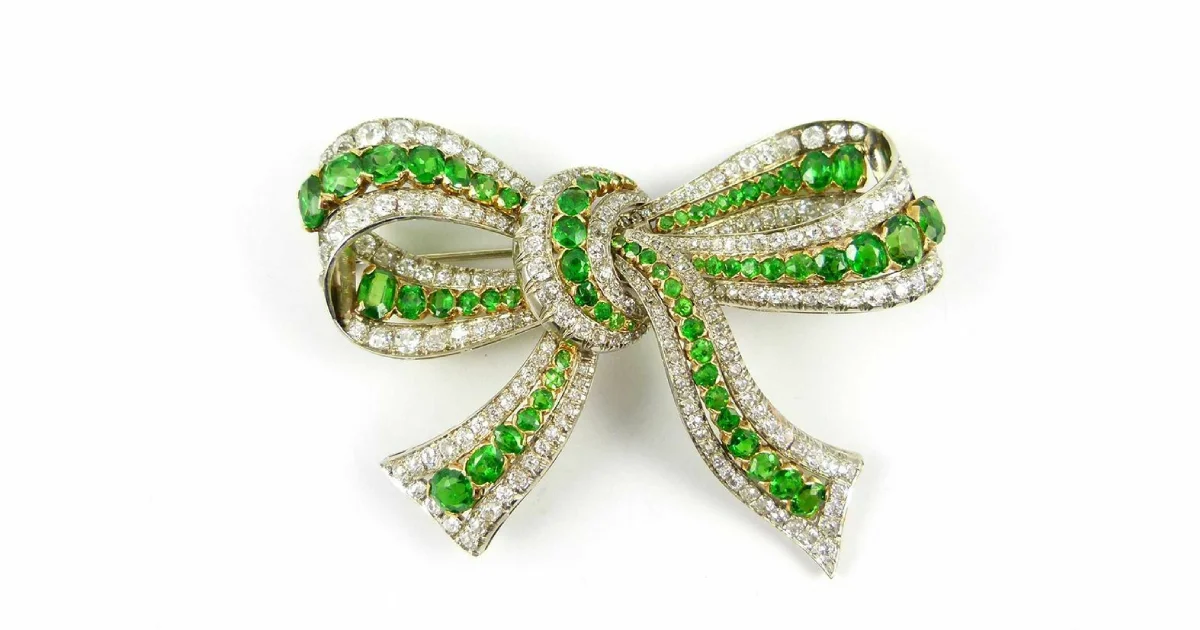
In the world of gemstones, color is what captures the eye first. There are countless beautiful and diverse colors found in gemstones, such as the deep blue of sapphires, the rich red of rubies, and the vibrant yellow of topaz. However, among all of these, Demantoid garnet is renowned for its distinctive green hue, which sets it apart from the rest.
among green jewels, Demantoid garnet holds a singular prestige — a gemstone that, since the 19th century, has fascinated collectors, auction houses, and luxury brands alike for its legendary green hue.
In Demantoids, color is far more than a surface attribute — it is the core determinant of value. Even before weight, clarity, or origin are assessed, it is color that defines a stone’s initial worth.
While carat weight and clarity influence value, they cannot elevate a Demantoid lacking vibrant color. Color remains the first and most decisive filter through which desirability is judged.
Why is color so decisive?
- Color is rare: Only a small percentage of Demantoids exhibit the pure, vivid green that commands top value.
- Color evokes emotion: The green of a fine Demantoid symbolizes vitality, freshness, and inner energy.
- The market responds to color: At international auctions, even slight differences in hue can multiply — or diminish — a gem’s price dramatically. For many seasoned buyers, the first glance at the color is enough — it tells a story of rarity before any loupe or certificate is used.
{If you like garnet, you should also try Buy demantoid garnet in Dubai.}
Color and Perceived Worth
In luxury jewelry, beautiful color is not just about visual appeal — it’s a mark of rarity, prestige, and elevated status. A discerning buyer knows exactly what to look for: a green that sets fire to the light.
Having explored the significance of color in Demantoid valuation, let’s now dive into the specific color spectrums that influence Demantoid color value. From emerald greens to golden undertones, each shade carries unique characteristics that define its price and allure.
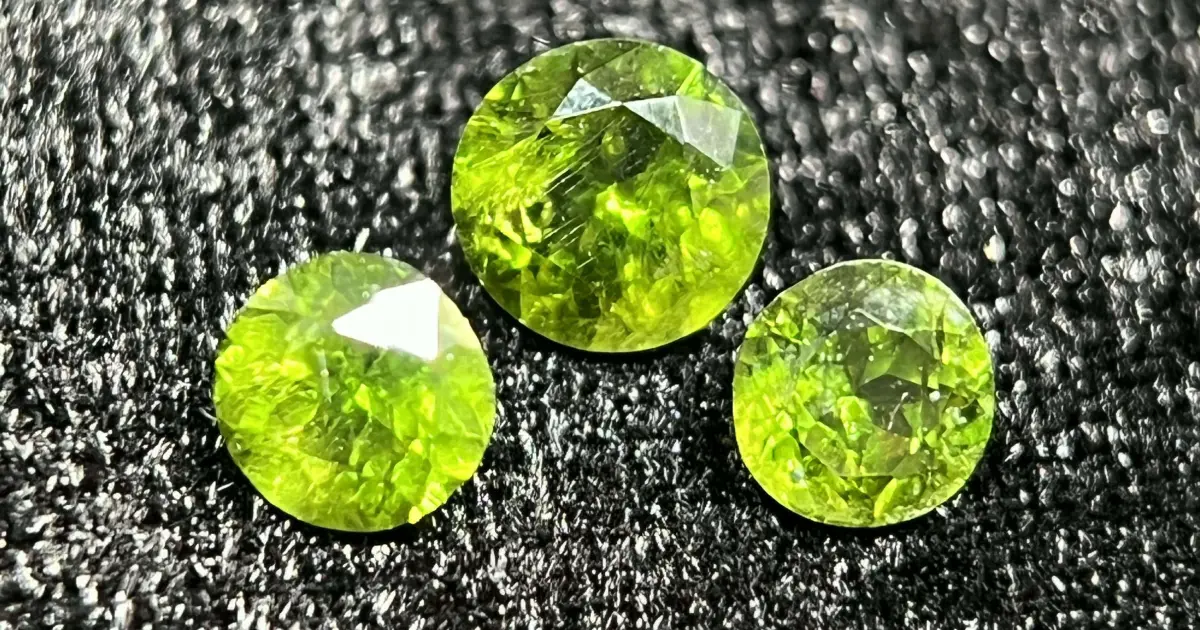
The Ideal Demantoid Color Spectrum
When it comes to Demantoid color value, not all greens are created equal. The most desirable Demantoid garnets exhibit a rich, radiant green — often described as the perfect balance between depth, brightness, and warmth. This ideal Demantoid shade is what elevates a stone from beautiful to truly exceptional in the eyes of collectors and connoisseurs.
The Most Coveted Green Gem Hues
Experts agree that the finest Demantoids fall into one of the following color categories:
- Pure emerald green: Intense and highly saturated, this classic shade commands the highest value.
- Green with a golden glow: A vivid green infused with a subtle yellow tint effect. This warm brilliance is rare and highly prized.
- Bright green with lemon undertones: Lively and fresh, this variant stands out for its high luminosity and charm.
also read: How to Identify Genuine Demantoid Garnet
In contrast, darker or duller variations — such as olive or grayish greens — are considered less desirable and fetch lower prices on the market, because these hues lack the vibrant brilliance and fire that make Demantoid garnet so captivating.
How Color Grading Affects Demantoid Value?
Color grading Demantoid gems involves assessing hue, tone, and saturation. Stones with consistent, vibrant color across the surface and minimal zoning (“Zoning means: areas within a gemstone that show variations in color, often appearing as bands or patches.”) are significantly more valuable. Uniform brilliance, paired with vivid saturation, is key to creating the optical fire that Demantoid is famous for.
Here’s a simplified chart illustrating how different hues affect value:
Table 1 – Demantoid Color Range and Value
| Demantoid Color Range | Visual Appearance | Relative Value |
| Pure emerald green | Deep, high saturation | Very High |
| Green with golden undertone | Warm, radiant | Very High |
| Olive green | Brownish, muted | Medium |
| Pale green | Low saturation | Low |
| Bluish-green (rare) | Cool, luminous | Medium to High |
This chart summarizes how subtle shifts in color can translate to significant changes in market value.
Ultimately, the finest vivid gemstone colors are the ones that ignite light and emotion — revealing why color grading remains the foundation of Demantoid color value. “In the heart of every great gem lies a green unlike any other — alive with light, and rich with mystery.”
In the next section, we’ll focus on the importance of undertones and their role in enhancing the gemstone’s value.
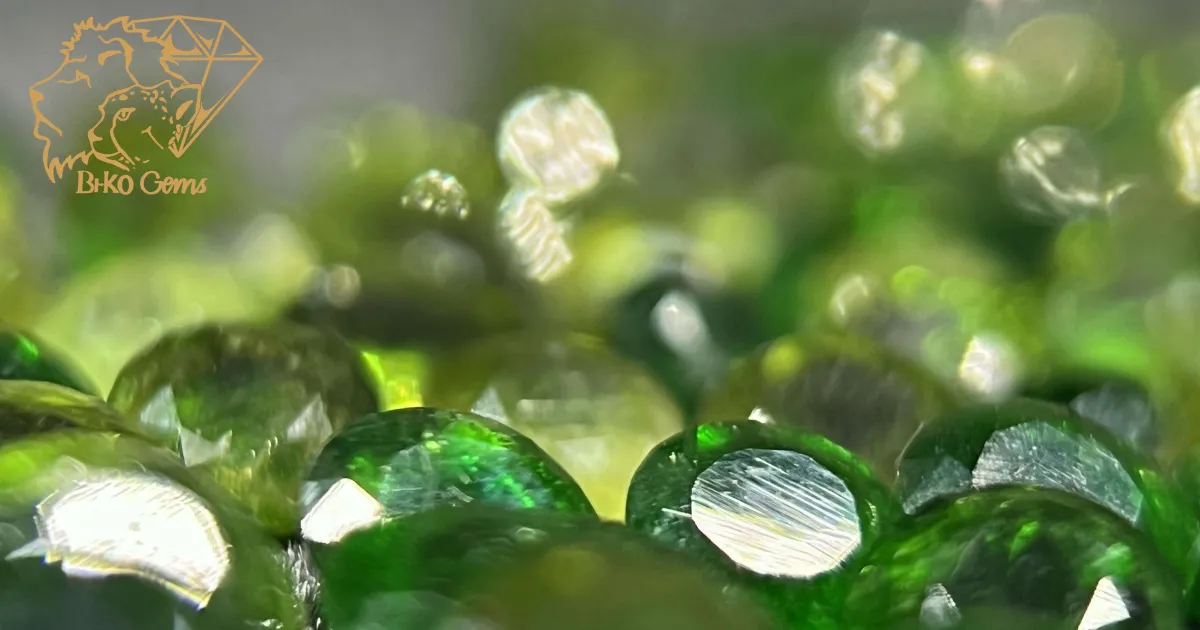
Undertones and Overtones: Shaping Demantoid’s Value
Is it just the color we see that matters, or do undertones and shades play a role too?
Imagine a painting that seems to have a single color at first glance. But when you look closer, the subtle undertones and shadows beneath the surface add depth and beauty to it. Similarly, in Demantoid, the main green color is only part of the story. What truly defines the value of the stone are the undertones and hidden shades that give it brilliance and depth.
Also, if you are interested in sapphire and plan to buy it, you can visit the sapphire buying page.
The Effect of Undertones on Demantoids
In Demantoids, undertones are particularly significant. These hues can enrich or warm the main green color of the gemstone, enhancing its beauty. Some of the most common undertones in Demantoids are:
- Golden: A golden undertone within the green Demantoid adds a unique warmth and brilliance, often making it one of the most valuable and sought-after hues.
- Yellow: Yellow undertones tend to brighten the green color of the stone, making it more vibrant and attractive to collectors.
- Blue: Blue undertones in Demantoids are rare, but when exposed to light, they add a captivating depth to the gemstone.
- Brown: Brown undertones are less common and usually indicate a lower value compared to the other undertones. However, they can still be appreciated in specific jewelry styles.
Warm vs. Cool Undertones
A fascinating detail about undertones is how they influence both perception and price. Warm tones like golden and yellow are usually more prized and popular, especially in Russian Demantoids, known for their fiery brilliance. In contrast, African Demantoids often carry cooler undertones — soft greens and rare hints of blue , often liked by more discerning tastes.
Table 2 – Demantoid Undertone Value Guide
| Undertone Type | Visual Impact | Effect on Value |
| Golden | Warm, fiery brilliance | Very High |
| Yellow | Brightens the green hue | High |
| Blue | Cool, rare, adds depth | Medium to High (rare) |
| Brown | Muted or earthy appearance | Lower |
-based on market trends, collector preferences, and expert gemstone grading insights. Actual prices may vary depending on overall quality, origin, and individual stone characteristics.-
Some undertones are so distinctive, they might even hint at where the gem was born — but we’ll explore that in the next section.
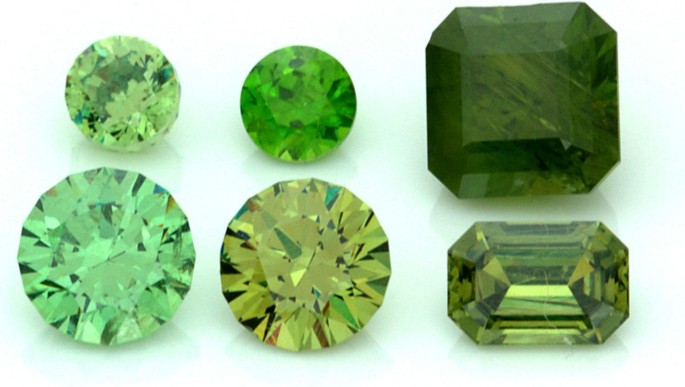
Origin and Color: How Location Shapes the Green
Can the land of birth leave a visible mark on a gemstone? For Demantoid garnets, the answer is yes. While color is influenced by a gem’s chemical makeup, the origin significantly shapes its hues and impacts its value.
Russian Demantoid – Deep Green with a Golden Whisper
The finest Demantoids come from Russia’s Ural Mountains, known for their rich, velvety green with golden undertones. These gems are deep, vibrant, and full of fire, often featuring the rare ‘horsetail’ inclusion of golden fibers, enhancing both their authenticity and value.
Color: Rich emerald green with warm golden undertones
- Market perception: Highly prestigious, collector-preferred
- Value impact: Premium pricing for top-quality stones
If you are interested in jewelry and gemstones, don’t miss our Ruby shopping page.
Namibian Demantoid – Lively, Light, and Modern
Namibia, a more recent source of Demantoid, offers a fresher palette. These gems tend to be lighter in tone, often with yellow or bluish undertones. While they lack the horsetail inclusions typical of Russian stones, their clean clarity and vibrant sparkle appeal to contemporary designers and buyers.
- Color: Lighter green, sometimes lemon- or blue-tinted
- Market perception: Bright and attractive, but less rare
- Value impact: Moderate pricing unless exceptionally clean and well-cut
Can Color Reveal Origin?
Often, yes. A trained gemologist can sometimes identify origin through subtle differences in hue, tone, and inclusion pattern. While color alone isn’t a foolproof indicator, it offers valuable clues.
In general, Russian Demantoids with rich green hues and horsetail inclusions remain the most coveted — combining origin, rarity, and iconic color in a single, radiant stone.
It’s important to recognize that stunning garnets are also sourced from countries such as Iran, Afghanistan, and Namibia.
While these stones may have their own unique appeal, Russian Demantoids still lead the market in terms of rarity and value.
Now that we’ve explored how origin influences Demantoid color, let’s dive into some tips to help you identify the most valuable color in Demantoids.
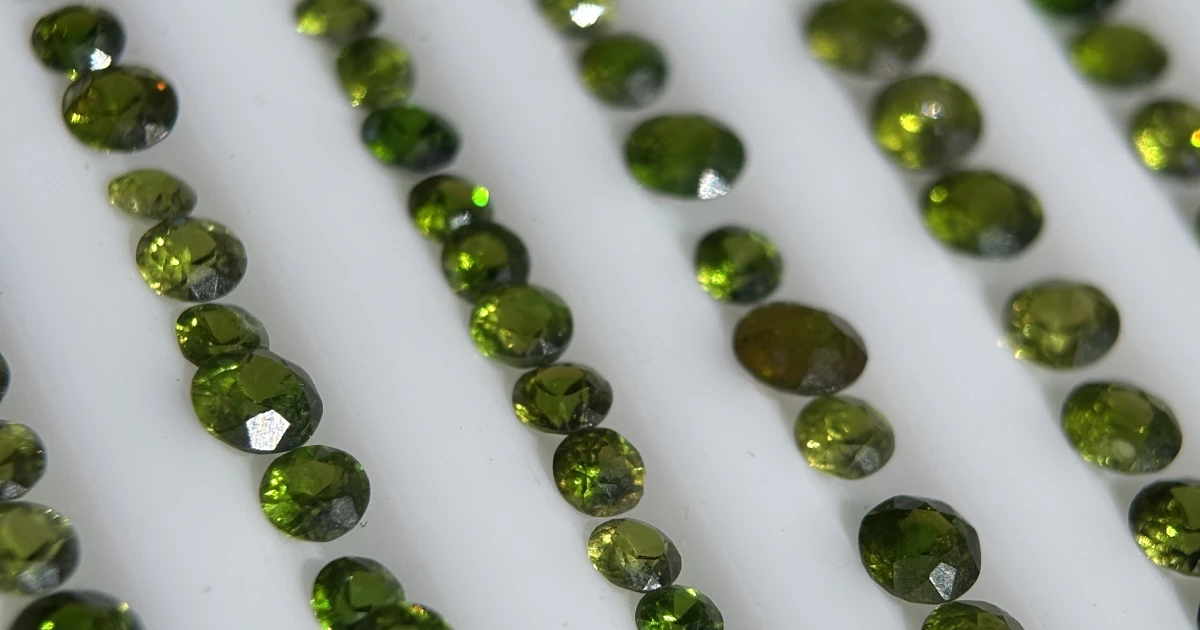
Identifying High-Value Color in Demantoid: Key Tips
When it comes to selecting a valuable Demantoid garnet, color is the first—and perhaps most vital—clue. While carat and clarity play a role, the richness and quality of color often determine a stone’s true desirability. Here’s how to evaluate color like a seasoned expert.
Examine in Natural Light
Always assess color under natural daylight, preferably indirect morning light. Artificial lighting can distort the gem’s true hue or make inclusions harder to detect.
Look for Even Saturation
A high-quality Demantoid should exhibit consistent, vivid green across the entire stone—without dark zones, dull patches, or overly yellowish areas. Uneven color can reduce both value and aesthetic appeal.
Observe from Multiple Angles
Rotate the gem gently and examine how the color shifts and reflects. A top-tier stone will maintain brilliance and consistent tone from various viewpoints.
Warm Undertones Add Rarity
Premium stones often carry a golden or yellowish warmth, enhancing their richness and depth. This trait is especially prized in Russian Demantoids.
Certification Matters
A gemological report from a trusted lab not only verifies the color grade but may also confirm the origin—crucial for investment-level purchases.
Key Indicators of High-Value Color:
✅ Rich, saturated green
✅ Warm undertones (golden or yellow)
✅ Even color distribution (no zoning)
✅ Vivid brilliance and light return
✅ Origin from Russia with potential horsetail inclusions or other reputable regions.
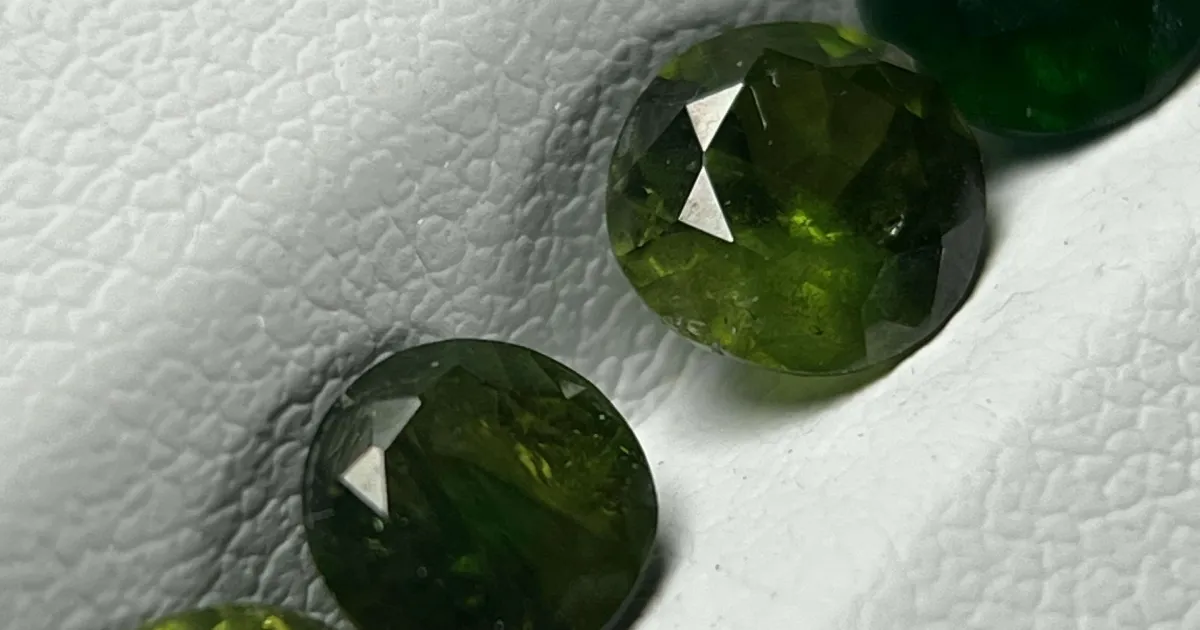
Radiant Green: The Secret to Demantoid’s Value and Beauty
In the realm of fine gemstones, color is more than a visual delight — it is the signature of nature’s artistry, a clue to origin, and a powerful driver of value. Among Demantoid garnets, it is the brilliance of a well-balanced green — vivid yet refined, often with a golden warmth — that defines true excellence.
For serious collectors and thoughtful buyers, investing in color means recognizing the rare harmony between saturation, clarity, and natural elegance. A Demantoid that glows with life under natural light and maintains its beauty from every angle is not just a gemstone — it’s a lasting legacy.
Whether you’re curating a personal collection or searching for a gift with timeless meaning, color remains the ultimate mark of distinction and a smart investment in enduring beauty.
Explore the handpicked Demantoids in the exclusive BrKoGems collection — where every shade of green tells a story of origin, rarity, and authenticity.
